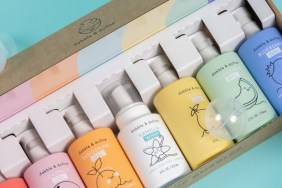Before you pick up that pregnancy test in hopes of seeing that big fat positive—and before you even get busy—there’s another test you may want to use first: an ovulation kit.
If you’re trying to conceive, an ovulation kit can help determine your most fertile days. Whether you choose First Response Ovulation Test or Clear Blue Advanced Ovulation Test, ovulation test strips…








